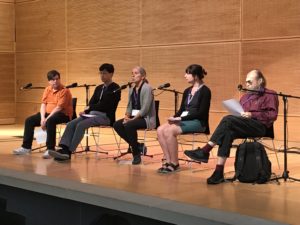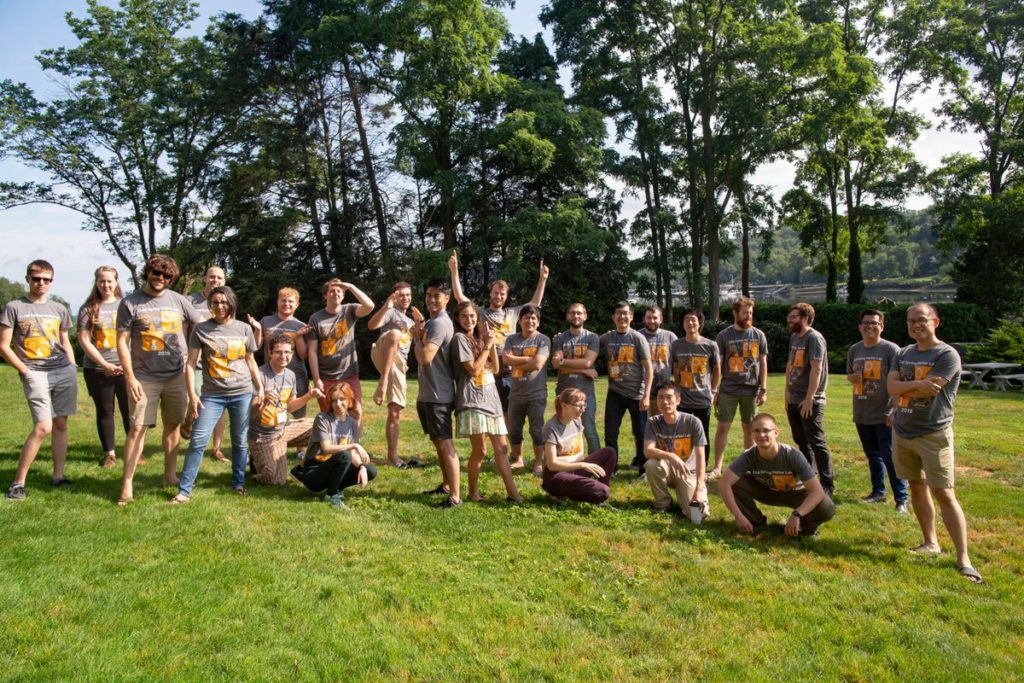By Shaharyar Lakhani
SynCell 2020, the International Conference on Engineering Synthetic Cells and Organelles, will be held from May 11th through May 14th, 2020 in Santa Fe, New Mexico (https://syncell2020.unm.edu). The conference will focus on the challenges and opportunities in synthetic cell technology, or in other words making cells from scratch! Topic areas for the main program will include creating synthetic cells and organelles, spatial and temporal organization of these cytoplasmic structures, signaling and circuits, molecular machines, mechanics, motility, and the implications of synthetic cell technology. SynCell will feature talks from world leaders in synthetic biology from premier American and German universities and labs, including our very own Dr. Andy Ellington from the University of Texas at Austin, who will be discussing how DNA nanotechnology and protein engineering can impact the de novo development of cells. Talks will range from the engineering of biomolecular systems (Matthew Lakin, University of New Mexico) to the potential applications and simulations of these systems (Kate Adamala, University of Minnesota). An evening poster session and other dedicated times for free-form discussion are also planned. A featured translational speaker, Mike Jewett, will explore issues related to working with industry on the commercialization of synthetic cell technologies, and an industrial forum is planned for after Dr. Jewett’s talk. Finally, the first day of the conference consists of an interactive educational component for students and aspiring researchers.



